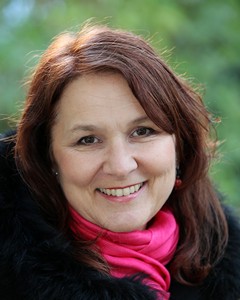|
The exuberant ‘Festive Overture’ by Shostakovich provides a
rousing opening to Havant Symphony Orchestra’s three-concert season at
Oaklands School. Shostakovich dashed this off in three days in response
to an urgent request to compose something for a concert to commemorate the
37th Anniversary of the 1917 October Revolution. Lyrical
melodies contrast beautifully with triumphant brass fanfares!
Also with a nostalgic air, Ravel’s Pavane pour une
infante défunte was originally a piece for solo piano – not, as
it might appear, a reference to any particular person, but evoking the
atmosphere of a stately dance performed at the Spanish court. Ravel
himself orchestrated it, giving the soulful melody to the horn.
HSO have not worked with a vocal soloist for many years so are
particularly delighted to welcome soprano Jane Streeton to sing the Four
Last Songs by Richard Strauss. These were among the last works
Strauss completed before his death in 1949 and they were premiered in 1950 in
the Royal Albert Hall. Three of the four songs are about death but all of
them convey an air of calmness and acceptance. Strauss reflects his own
life in these pieces in the use of the soprano voice and in giving prominence
in the instrumentation to the horn – his wife was a soprano and his
father a professional horn player.
Elgar wrote just two symphonies, the first receiving its
premiere in Manchester in 1908. It was much anticipated, as Elgar had
been planning a symphony for more than 10 years, and it was enthusiastically
received by critics and audiences alike. Elgar had for a while been
toying with the idea of a symphony on the subject of General Gordon, but came
to a point where he rejected such programmatic pieces in favour of purely
abstract composition. Elgar’s unmistakable gift for melody is in
evidence throughout and the whole Symphony is a wonderful example of the music
we have come to think of as typically English. It demands a large
orchestra with piccolo, cor anglais, bass clarinet and contra bassoon all added
to the usual wind section, tuba added to the brass, several percussion
instruments joining the timpani and two harps joining the strings!
| 

